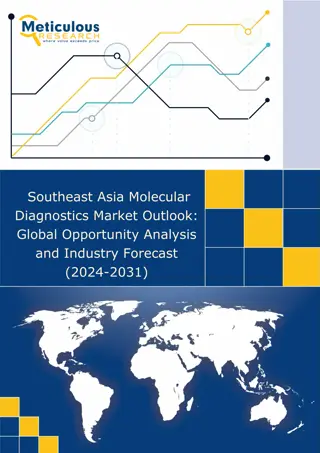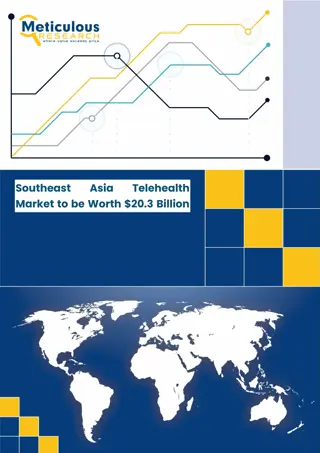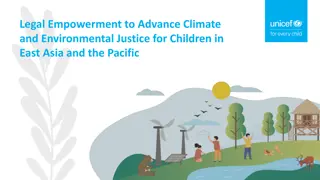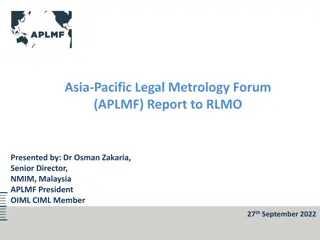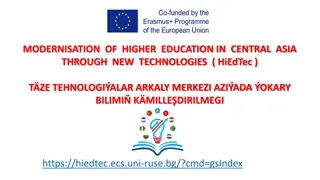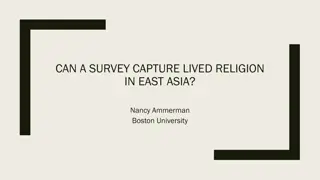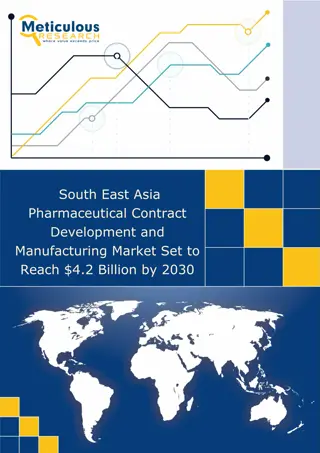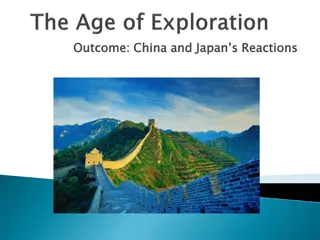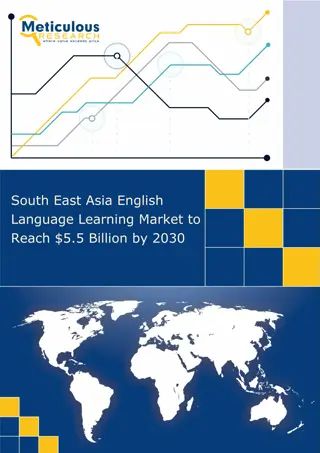Policies and Technological Output in East Asia
The connection between environmental policies, technological output, and greenhouse gas emissions in East Asia from the post-war era to the present. The analysis focuses on domestic, regional, and international efforts, identifying key assumptions and correlations to inform future policy decisions.
Uploaded on Apr 19, 2025 | 0 Views
Download Presentation

Please find below an Image/Link to download the presentation.
The content on the website is provided AS IS for your information and personal use only. It may not be sold, licensed, or shared on other websites without obtaining consent from the author.If you encounter any issues during the download, it is possible that the publisher has removed the file from their server.
You are allowed to download the files provided on this website for personal or commercial use, subject to the condition that they are used lawfully. All files are the property of their respective owners.
The content on the website is provided AS IS for your information and personal use only. It may not be sold, licensed, or shared on other websites without obtaining consent from the author.
E N D
Presentation Transcript
Policies and Technological Output Matthew Shapiro Illinois Institute of Technology matthew.shapiro@iit.edu
Focus: Environmental policies & technological output in East Asia GHG focus China: place and function Method: Comparative analysis Domestic policies and S&T output Conclusions Strong efforts in all four countries, overall Disconnect in China GHG-centered, not greenhouse effect-centered Gross concerns for acid rain and domestic infrastructure * Need for a more robust regional approach *
Post-war era sustainable economic growth Industrial & international economic policies Mid-80s to early 21stcentury S&T output Nelson-Phelps pattern of catch-up 2000 to the present GHGs/climate change Omitted from analyses of East Asian NIS Worldwide effort to address GHG emissions Global Green New Deal, UN (2008) Regional efforts to coordinate Extension of Pempel s (2006) regionalism
Key assumptions International efforts positively correlated with domestic policies Distinctions between treaties (Schneider, et al., 2008) and TOAs (De Coninck, et al., 2008) Combination of short-, medium-, long-term goals Economic growth a function of national innovative capacity Hypothesis A positive connection exists between policies and related research output Non-uniform impact of domestic, regional, and international policies
Correlate relevant policies over the post-war era International Regional Domestic with GHG-related S&T output in East Asia GHG patent output (USPTO) GHG publications output (ISI-Web of Science) * greenhouse effect and/or greenhouse gas
1965 UNDP 1972 UNEP (Stockholm Conference) 1979 Convention on Long Range Transboundary Air Pollution 1987 Montreal Protocol 1992 UN Commission on Sustainable Development 2002 Johannesburg World Summit on Sustainable Development Present H. Clinton s action plan for S&T efforts: Knowledge will not flow freely to developing world.
The Clean Development Mechanism (CDM) China: 1,682 projects (36% of all CDM projects) 239 originate from Japan Taiwan: zero Evidence of political and institutional constraints to regional environmental policy coordination in NE Asia (Nam 2002) Accounting for S&T efforts and supra- regional GHG targets Technology-oriented agreements (TOA) a more successful option (De Coninck, et al., 2008) Asia Pacific Partnership on Clean Development and Climate (APPCDC)
Air pollution emphasis Japan Law Concerning the Promotion of the Measures to Cope with Global Warming Taiwan Basic Environment Act Air Pollution Control Act Korea Clean Air Conservation Act China National Eleventh Five-Year Plan for Environmental Protection Law of the People s Republic of China on the Prevention and Control of Atmospheric Pollution in China
Air pollution emphasis S&T correlation Japan Third Basic Plan (2006-2010), Taiwan Agenda 21 and Basic Environment Act of 2002, establishment of Taiwan Industrial Greenhouse Office (TIGO) in 2006 Korea $23 billion over the next five years China Energy efficiency and environmental preservation; no effort to mitigate or address GHGs
Replicability of the East Asian case A variant of an existing theme World Bank (1993), Evans (1998) Growth in a sustainable fashion Focus 1 acid rain Focus 2 overarching: greenhouse effect Expansion of catch-up model Growth through efforts at sustainability Region-centered TOAs have substantial positive externalities Greater potential to impact China s domestic policies
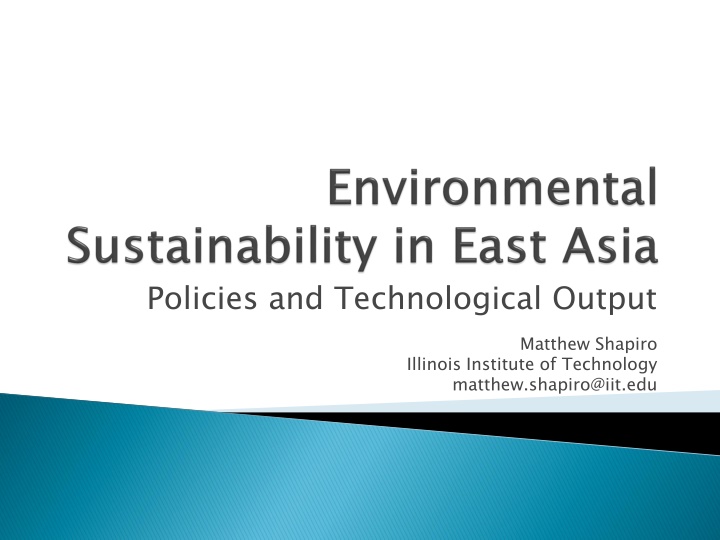

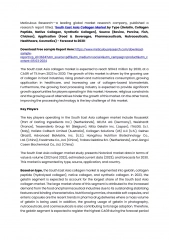
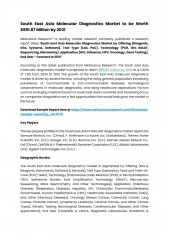
![READ⚡[PDF]✔ Emerging Space Powers: The New Space Programs of Asia, the Middle Ea](/thumb/21554/read-pdf-emerging-space-powers-the-new-space-programs-of-asia-the-middle-ea.jpg)


